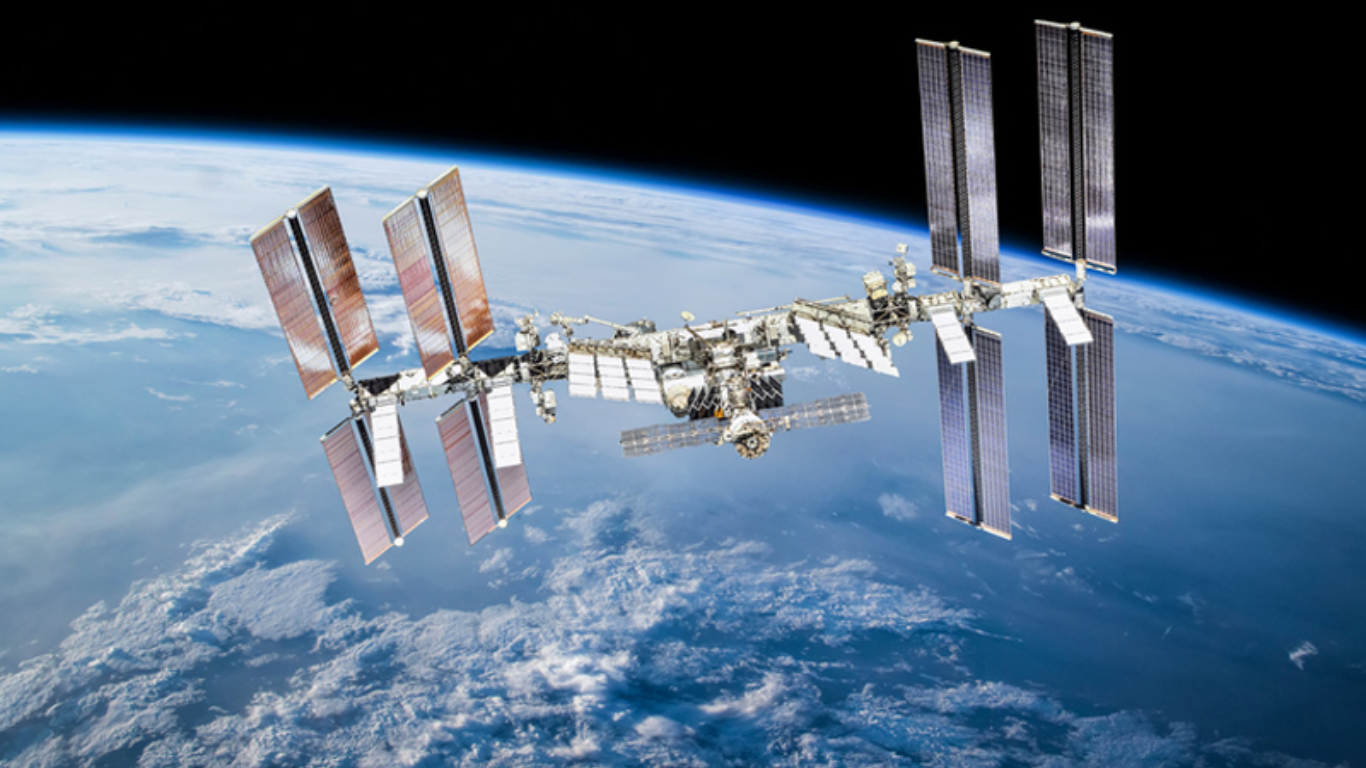In a significant development, US Ambassador to India, Eric Garcetti, has revealed that an Indian astronaut is poised to embark on a mission to the International Space Station (ISS) this year. The disclosure came during an interview with NDTV, where Garcetti provided insights into the upcoming space mission while refraining from disclosing the astronaut’s identity.
Detailing the collaboration between India and the United States on the space endeavor, Garcetti underscored the bilateral relationship’s breadth, extending “from the seabed to the stars.”
“The offer that was made by the President was to put an Indian astronaut on an American mission to go up to the space station this calendar year. And that’s still the plan,” Garcetti informed NDTV.
While acknowledging the uncertainties inherent in space missions, Garcetti expressed confidence in the endeavor, stating, “It’s space, so you never know, can’t guarantee that it will happen, but we do expect it to happen.” He further disclosed that the Indian government has nominated the astronaut for the mission, leaving the official announcement to them at the appropriate time.
Highlighting the collaborative efforts between NASA and ISRO (Indian Space Research Organisation), Garcetti emphasized the significance of the NISAR satellite mission. NISAR, a joint Earth-observing initiative, aims to make precise global measurements of land surface changes using advanced radar imaging technology.
“NISAR is a collaboration between NASA and ISRO. There is nothing that speaks more about the hopes and aspirations of our people, of our governments, and our relationship than our work together in space,” Garcetti remarked.
The mission, equipped with dual radar frequencies (L-band and S-band), will enable detailed monitoring of changes in the planet’s surface, with applications ranging from agricultural monitoring to hazard detection.
As discussions between NASA and ISRO progressed, it became evident that the mission aligned with ISRO’s scientific interests, prompting the addition of a second radar frequency to fulfill additional science requirements.
“NISAR will be the first satellite mission to use two different radar frequencies to measure changes in the planet’s surface less than a centimeter across,” Garcetti explained, emphasizing the importance of the partnership with India in preserving the mission’s scientific integrity.
The forthcoming mission to the International Space Station and the collaborative efforts on the NISAR satellite project underscore the deepening ties between India and the United States in the realm of space exploration, reflecting a shared commitment to scientific advancement and cooperation.






















